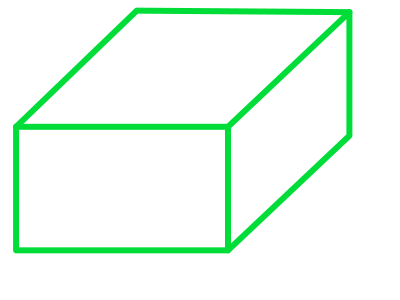Calculators
You demand efficiency in your construction projects, and that means starting with accurate, dependable measurements. Determine the volume and/or weight of material required for your next job with these construction calculators.
When you have your numbers, conveniently download them, email them, or find a location to start getting a quote on the materials you’ll need.
Asphalt Calculator

Note: All results are estimates only. Not responsible for any discrepancies in material based on calculations made with this app.
RESULTS
In the calculator above, you may revise the default density value of 145 lbs/cubic ft. Actual densities may vary depending on the components of the mix and material characteristics in your area.
The thicker the asphalt pavement, the more resilient and durable it will be. If you have questions about the proper thickness for your project, contact your Heidelberg Materials sales professional.
Asphalt pavement performance depends on the base courses and sub-grate below it. We also provide aggregates and cement - see our LOCATIONS for contacts.
In the calculator above, you may revise the default density value of 145 lbs/cubic ft. Actual densities may vary depending on the components of the mix and material characteristics in your area.
The thicker the asphalt pavement, the more resilient and durable it will be. If you have questions about the proper thickness for your project, contact your Heidelberg Materials sales professional.
Asphalt pavement performance depends on the base courses and sub-grate below it. We also provide aggregates and cement - see our LOCATIONS for contacts.
Concrete Calculator


Note: All results are estimates only. Not responsible for any discrepancies in material based on calculations made with this app.
RESULTS
Quantity – Measurements are not always precise, especially with large areas that are not machine graded. We recommend ordering a little extra, because coming up short can be costly (small load charges, labor wait times, etc.). A common rule of thumb is to add 4% to 10% to your calculation to account for waste, spillage, over excavation, settlement, spreading of forms, loss of entrained air or other changes in volume. Concrete can be ordered in ½ yard increments.
Strength – Most concrete is ordered with a performance compressive strength at a 28-day measure of a hardened concrete cylinder. We have information on our website for typical application specifications and proper testing procedures. Any slab exposed to freeze-thaw conditions should be a minimum of 4,000 psi with air entrainment.
Slump – Slump is a measure of the consistency or workability of the concrete. Typically, orders and mixture designs are for a 4-inch slump (the measure of the distance a wet concrete cone will fall). It is always best to adjust slump at the plant.
Other Supplies – Do you need aggregates (fill sand, stone or gravel) for the project? If so, check out our aggregates LOCATIONS to supply your needs.
Quantity – Measurements are not always precise, especially with large areas that are not machine graded. We recommend ordering a little extra, because coming up short can be costly (small load charges, labor wait times, etc.). A rule of thumb is to add 4% to 10% to your calculation to account changes in volume. Concrete can be ordered in ½ yard increments.
Strength – Most concrete is ordered with a performance compressive strength at a 28-day measure of a hardened concrete cylinder. We have information on our website for typical application specifications and proper testing procedures. Any slab exposed to freeze-thaw conditions should be a minimum of 4,000 psi with air entrainment.
Slump – Slump is a measure of the consistency or workability of the concrete. Typically, orders and mixture designs are for a 4-inch slump (the measure of the distance a wet concrete cone will fall). It is always best to adjust slump at the plant.
Other Supplies – Do you need aggregates (fill sand, stone or gravel) for the project? If so, check out our aggregates LOCATIONS to supply your needs.
Aggregate Calculator


Note: All results are estimates only. Not responsible for any discrepancies in material based on calculations made with this app.
RESULTS
When ordering aggregates, consider typical load sizes to optimize your logistics. A tandem dump truck carries around 15 tons and a tractor-trailer can haul 25-30 tons, depending on local laws.
For your convenience, we have around 250 aggregate locations in North America. Use the LOCATIONS feature on the website to find the plant or terminal nearest you or your project.
If you need a recommendation on which material is best for your application, use the LOCATIONS feature to contact a sales professional near you.
When ordering aggregates, consider typical load sizes to optimize your logistics. A tandem dump truck carries around 15 tons and a tractor-trailer can haul 25-30 tons, depending on local laws.
For your convenience, we have around 250 aggregate locations in North America. Use the LOCATIONS feature to find the plant or terminal nearest you.
If you need a recommendation on which material is best for your application, use the LOCATIONS feature to contact a sales professional near you.





